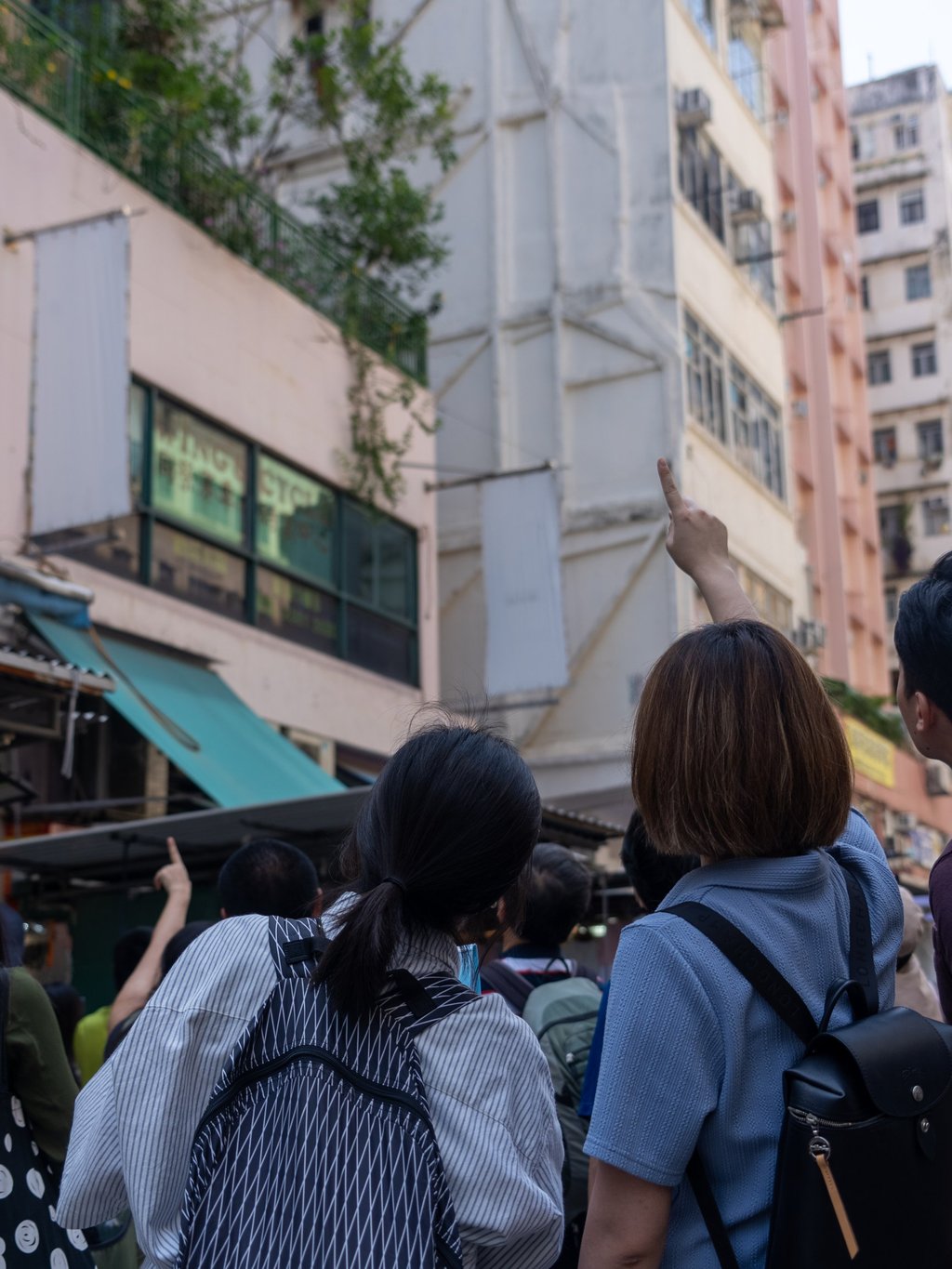‘Ghost staircase’, outdoor gym: Hong Kong architecture tour opens eyes to urban quirks
- New group City Unseen’s first guided tour, of Prince Edward, reveals oddities and ways residents have adapted urban spaces to their needs

Hong Kong’s urban landscape is a mix of top-down planning and bottom-up development, one in which smaller, more organic and eccentric structures are often overshadowed by its numerous skyscrapers.
Some of those quirky, overlooked features will be the focus of walking tours hosted by City Unseen that are intended to help tell the story of the city’s evolution and the people and businesses behind it.
An educational initiative set up in 2023 to explore hidden corners of Hong Kong, City Unseen conducted its first tour, of Prince Edward in Kowloon, on a warm day in May.
It drew some 20 people – including couples in their twenties, fifties and sixties – who had read about the event on City Unseen’s Facebook page.

The participants, many wearing shorts and safari hats, gathered at 10am ready to explore the neighbourhood’s nooks and crannies on the approximately 90-minute tour.
“We use everything from old maps to photo archives and expert interviews to understand how certain aspects of Hong Kong came to be,” said Carine Lai, an urban design researcher with City Unseen.